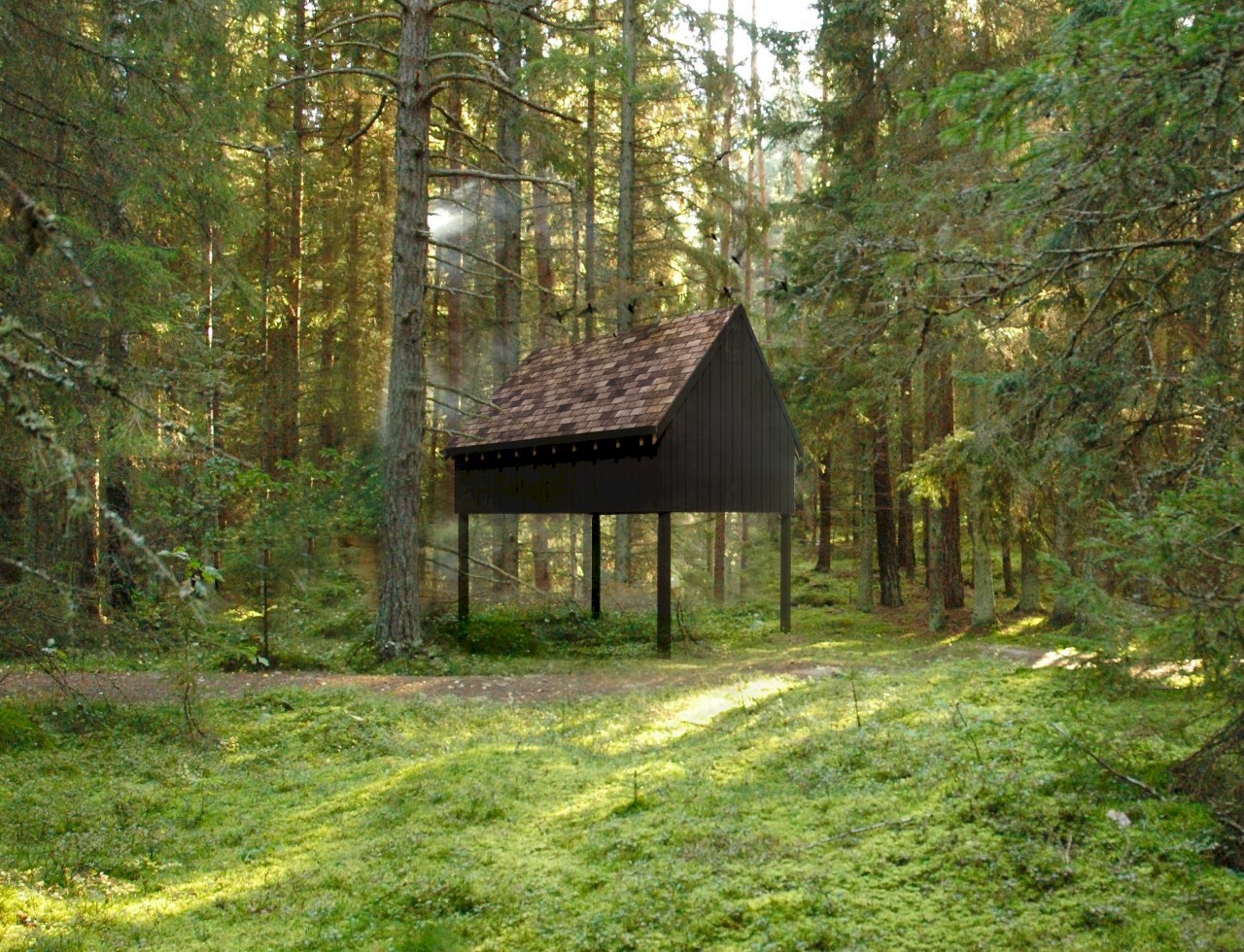
How we build our bat barns
14 Apr 2021
Every once in a while, on a summer night, you might be lucky enough to see bats darting over the English sky. But you might be wondering where they roost? After all they can't all be commuting back and forth from Gotham City. In fact, they might be roosting in a loft closer than you think.
However, with the increased use of pesticides, loss of woodlands, removal of roosting sites and the increased use of timber treatments which can be toxic to the flying mammals, bat populations have been falling rapidly since the 1960’s.
It’s no wonder that bats are protected under the Conservation of Habitats and Species Regulations (2017) meaning we all have to consider our actions to avoid damaging their habitats.
As part of our latest project at Kings Road Evesham with Ilke Homes, we’re embracing the opportunity to protect and enhance the local wildlife. That means specifying bird boxes, designating paths for the hedgehog hikers and you guessed it, designing purpose-built bat lofts for the whiskered bats, common pipistrelles, soprano pipistrelle, and brown long-eared bats who’ve been spotted nearby.
We approached this design challenge like any other, by first establishing our users’ requirements. Bats feel at home in woods and caves so natural materials like timber and clay were our starting point. No toxic timber treatments here, pre treated and untreated timber products only! And we wanted to give it a rustic natural look, so were playful in specifying the external finish using vertical timber slats at a variety in the facade.
We’ve designed a large 5 x 4m space with an open pitched roof raised on stilts above the ground. The loft will be accessed by the bats by the roof itself by raising a few tiles to create a gap just small enough to give entry. Internally there’s plenty of space to fly around with timber notches at a variety of heights to provide multiple 2-3cm gaps to cozy up in with microclimates for different preferences.
The walls and floors are insulated and the roofs are water tight - but achieved through a membrane carefully selected to avoid the risk of the bats becoming entangled.
Three of the lofts will be located across the site which will provide a much needed habitat for our furry friends. It could take a couple of years or a few weeks for the bats to arrive, but these structures will be there when they’re needed.
After all that I’m sure you’re wondering how you can help your local bat wildlife, as we can’t all build a bat barn in our gardens, even if we’re lucky enough to have one. But nearly everyone can buy a smaller 12 inch batbox, as long as you can find a high enough place, ideally 4m off the ground away from predators, this can provide a home too.
So there’s no time to lose the bats are Count Von Counting on us ah ah ah.

